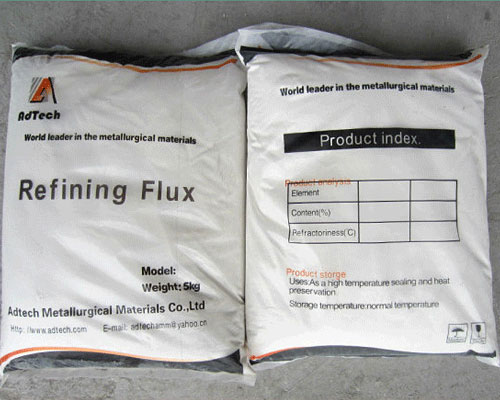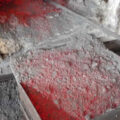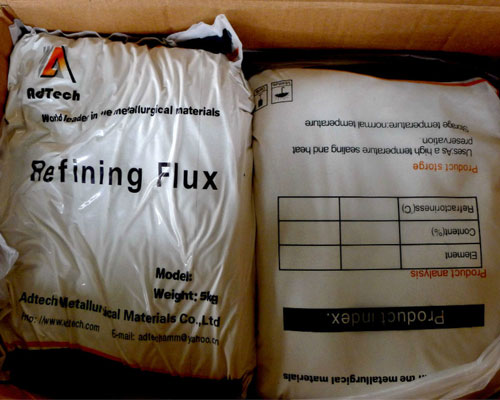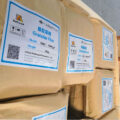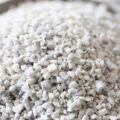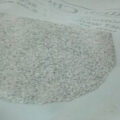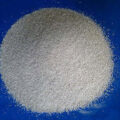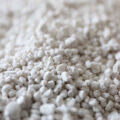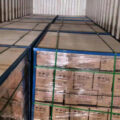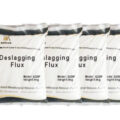AdTech refining fluxes are used to remelt molten aluminum, thereby improving metal recovery. AdTech refining fluxes are mainly used to improve the recovery rate of aluminum in the recycling process.
It is known that the use of molten aluminum flux in the secondary aluminum industry can improve the direct recovery rate of aluminum during the remelting process. Aluminum and scrap aluminum, such as used in beverage containers, are processed in this way. The aluminum is remelted in the furnace under the coverage of the molten salt layer to prevent the aluminum from oxidizing in the furnace atmosphere and promote the coalescence of the molten aluminum, so as to maximize the recovery of aluminum. During processing, an oxide film tends to form on the surface of the molten aluminum droplets. The oxide film inhibits the coalescence of molten aluminum, resulting in the loss of smaller particles in the process, thereby reducing the amount of aluminum recovered. Non-recoverable aluminum droplets with oxide films are sometimes referred to as dross.
The use of salt flux in the furnace helps to strip and suspend the oxide film, thereby increasing the coalescence of droplets and reducing the formation of tin dross. The salt flux wets the oxide film and initiates the disintegration of the film, peeling it from the surface of the molten aluminum drop. The oxide film fragments peeled from the aluminum are still suspended in the flux. Aluminum droplets with a density greater than the flux then form a continuous molten pad under the flux layer. This flux can also prevent further oxide formation by keeping the metal from being affected by the atmosphere in the furnace.
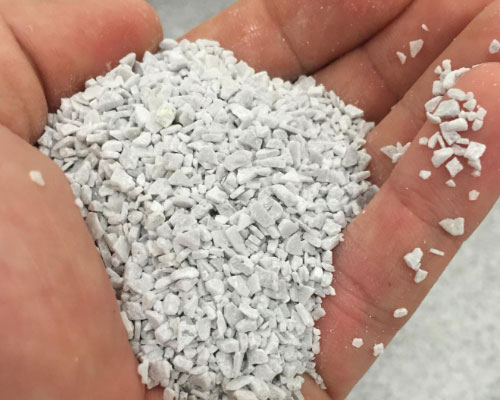
The typical salt flux is mainly composed of a mixture of high purity sodium chloride and potassium chloride. The high-purity salt used in this type of process is extracted and purified from the solution through complex and highly developed methods, which may increase the price of salt. Therefore, although the harmful effects of the sulfate impurities originally present in these alkali metal salts can be avoided by purification, the use of high purity salts can be quite expensive.
It is desirable to minimize sulfate impurities in the salt because the sulfate impurities act as an oxidizing agent, which helps to form an oxide film on the surface of the molten aluminum.
The film formed by these reactions results in a loss of metal weight. In addition, the formation of oxides and sulfides increases the formation of dross. Therefore, although standard purity salt may be cheaper than high purity salt, when standard purity salt is used, the recovery rate of aluminum will be greatly reduced due to the harmful effects of sulfate impurities.

